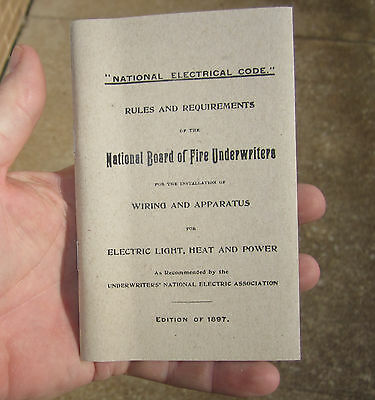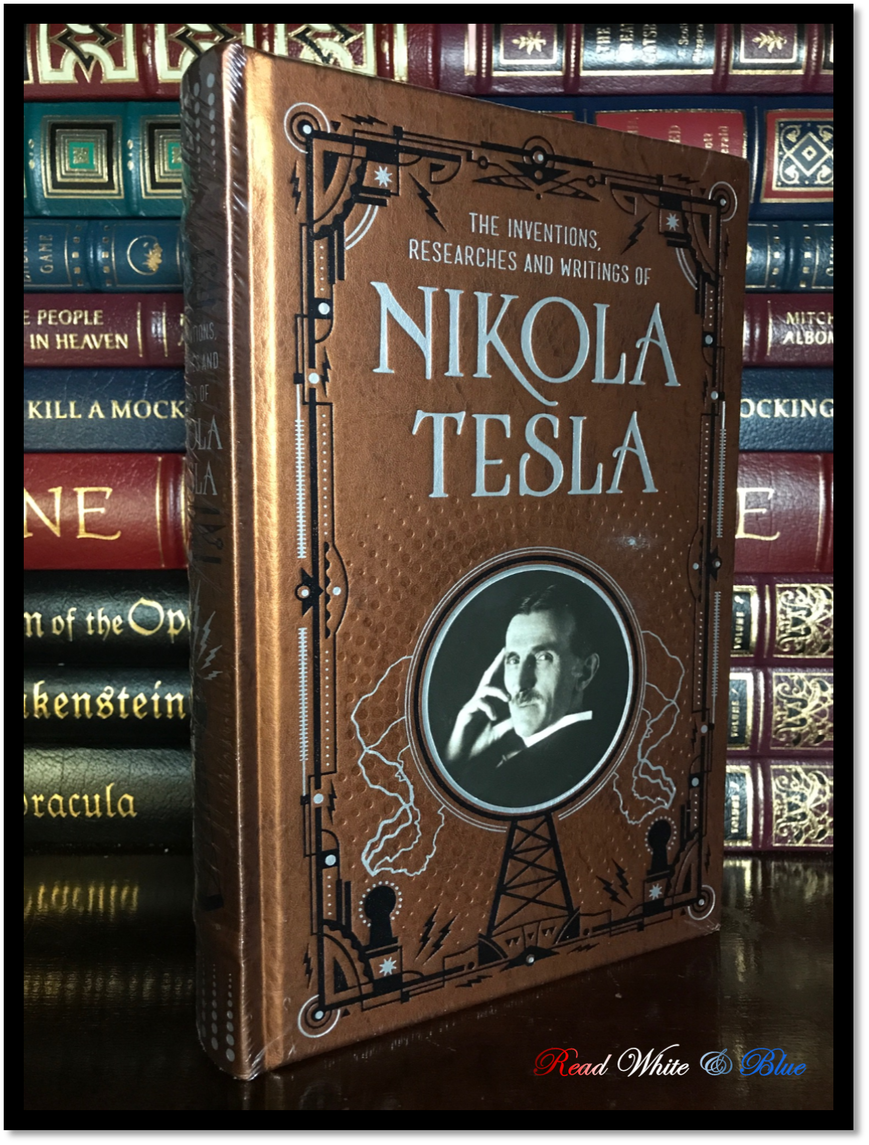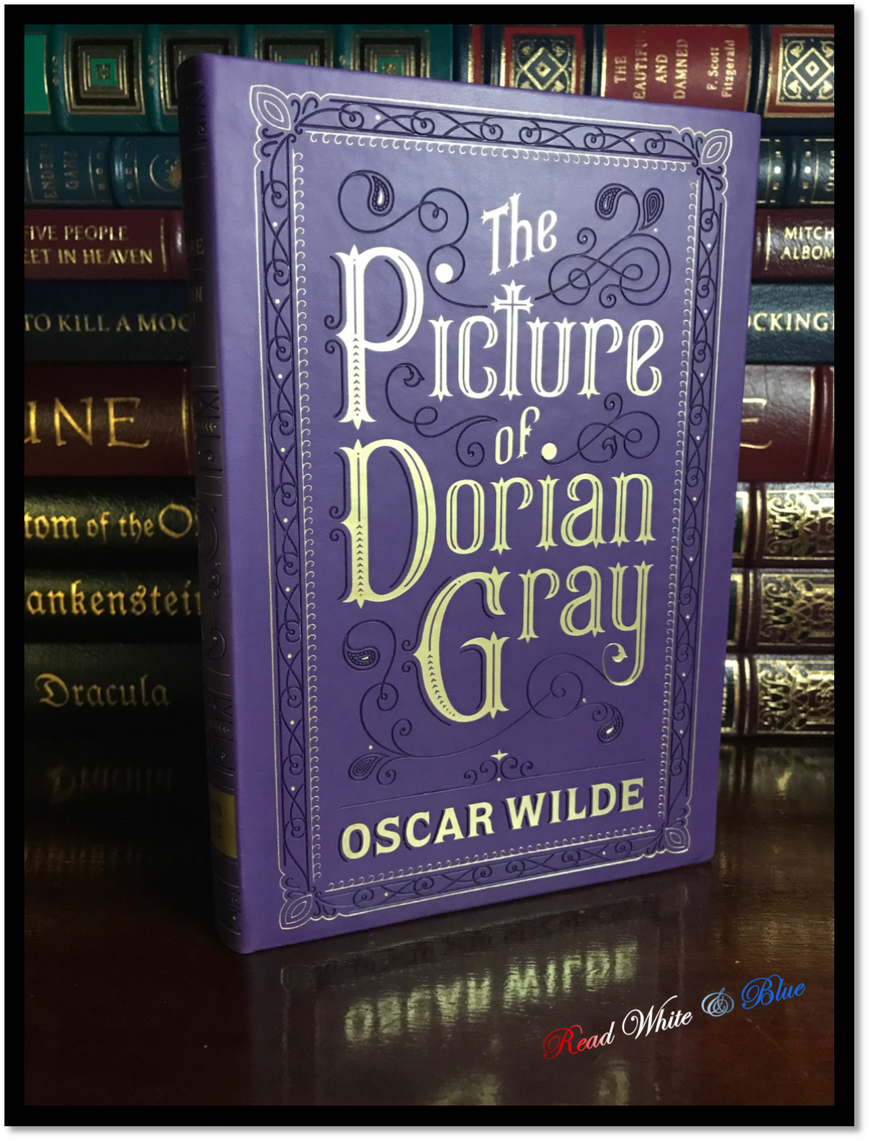-40%
PERSONAL RECOLLECTIONS OF THE CIVIL WAR BY GEN JOHN GIBBON - BRAND NEW
$ 39.6
- Description
- Size Guide
Description
PERSONAL RECOLLECTIONS OF THE CIVIL WAR BY JOHN GIBBON BRIGADIER-GENERAL, U.S.A. Introduction by Don Russell MINT CONDITION This is a brand new, unread, pristine-condition book. Clean, Sharp, Bright, Solidly-Bound, Brand New Book Illustrated and with Maps at the End Pages Attractive Cover Design with Full Color Crossed Flags ORIGINALLY PUBLISHED IN 1928, THIS IS A 1988 REPRINT PUBLISHED BY THE PRESS OF MORNINGSIDE BOOKSHOP OUT-OF-PRINT - NOT TO BE REPRINTED BY THE PUBLISHER - ONLY A FEW REMAIN BEFORE THEY ARE GONE “Among the most entertaining of [generals’] memoirs” - Douglas Southall Freeman This wonderful book constitutes a reliable, straight forward memoir by an extraordinary Civil War officer. Commander of the Iron Brigade during the Gettysburg campaign, General Gibbon graduated from West Point in 1847, served in Mexico and against the Seminoles, and was for five years the artillery instructor at West Point. In 1860, he published The Artillerist’s Manual. Though three brothers served in the Confederate Army, General Gibbon was in command of the Iron Brigade which he led at Second Manassas and in the Maryland Campaign. After the war he commanded the 36th Infantry Regiment and after 1869 the 7th Infantry. He helped to bury the dead at The Little Big Horn. Gen. Gibbon is buried at Arlington National Cemetery. When the Civil War broke out, Gibbon was serving as a captain of Battery B, 4th U.S. Artillery in Utah. Despite the fact that his father was a slaveholder and that three of his brothers, two brothers-in-law and his cousin Johnston Pettigrew served in the Confederate military, Gibbon decided to uphold his oath to the Union. Upon arrival in Washington, Gibbon, still in command of the 4th U.S. Artillery, became chief of artillery for General Irvin McDowall. In 1862, he was appointed brigadier general of volunteers and commanded the brigade of westerners known as King's Wisconsin Brigade. Gibbon quickly set about drilling his troops and improving their appearance, ordering them to wear white leggings and distinctive black 1858 regular army Hardee hats. The hats earned them the nickname The Black Hat Brigade. He led the brigade into action against the famous Confederate Stonewall Brigade at the Battle of Brawner’s Farm, a prelude to the Second Battle of Bull Run. He was still in command of the brigade during their strong uphill charge at the Battle of South Mountain, where General Joseph Hooker exclaimed that the men "fought like iron." From then on, the brigade was known as the "Iron Brigade." Gibbon led the brigade for the last time at the Battle of Antietam, where he was forced to take time away from brigade command to personally man an artillery piece in the bloody fighting at the Cornfield. Gibbon commanded the 2nd Division, I Corps at the Battle of Fredericksburg, where he was wounded. Upon recovering, he returned for the Battle of Chancellorsville. At Gettysburg, he commanded the 2nd Division, II Corps and temporarily commanded the corps on July 1 and July 2, 1863, while General Winfield S. Hancock was elevated to command larger units. At the end of the council of war on the night of July 2, army commander George Meade took Gibbon aside and predicted, "If Lee attacks tomorrow, it will be on your front." And his division did bear the brunt of fighting during the defense against Pickett’s Charge on July 3, when Gibbon was again wounded. Gibbon was back in command of the 2nd Division at the battles of the Wilderness, Spotsylvania Court House, and Cold Harbor. During the Siege of Petersburg, Gibbon became disheartened when his troops refused to fight at Ream’s Station. He briefly commanded the XVIII Corps before going on sick leave, but his service being too valuable, he returned to command the newly created XXIV Corps of the Army of the James. His troops helped achieve the decisive breakthrough at Petersburg, capturing Fort Gregg, part of the Confederate defenses. He led his troops during the Appomattox Campaign and blocked the Confederate escape route at Appomattox Court House. He was one of three commissioners for the Confederate surrender. An extraordinary memoir by this hard-fought soldier of the highest caliber. THIS BOOK IS IN MINT CONDITION This is a brand new, unread, pristine-condition book. It has no shortcomings. Bound in handsome light blue cover with dark blue spine, lettering on the spine, and the embossed image of crossed flags on the cover, the book is clean, sharp, bright, and solid with no wear or shortcomings. The pages are clean, bright white and don’t have a mark on them. The book contains a handsome frontispiece illustration of General Gibbon and has maps on the end pages. This is a wonderful, new, pristine-condition Civil War memoir by this leading figure of the war. GET ONE WHILE THE LIMITED SUPPLIES LASTPERSONAL RECOLLECTIONS OF THE CIVIL WAR
BY JOHN GIBBON
BRIGADIER-GENERAL, U.S.A.
Introduction by Don Russell
MINT CONDITION
This is a brand new, unread, pristine-condition book. Sample book shown; your book is brand new and comes in the original, publisher's shrink wrap.
Clean, Sharp, Bright, Solidly-Bound, Brand New Book
Illustrated and with Maps at the End Pages
Attractive Cover Design with Full Color Crossed Flags
ORIGINALLY PUBLISHED IN 1928, THIS IS A 1988 REPRINT PUBLISHED BY THE PRESS OF MORNINGSIDE BOOKSHOP
OUT-OF-PRINT - NOT TO BE REPRINTED BY THE PUBLISHER - ONLY A FEW REMAIN BEFORE THEY ARE GONE
“Among the most entertaining of [generals’] memoirs” - Douglas Southall Freeman
This wonderful book constitutes a reliable, straight forward memoir by an extraordinary Civil War officer. Commander of the Iron Brigade during the Gettysburg campaign, General Gibbon graduated from West Point in 1847, served in Mexico and against the Seminoles, and was for five years the artillery instructor at West Point. In 1860, he published The Artillerist’s Manual. Though three brothers served in the Confederate Army, General Gibbon was in command of the Iron Brigade which he led at Second Manassas and in the Maryland Campaign. After the war he commanded the 36th Infantry Regiment and after 1869 the 7th Infantry. He helped to bury the dead at The Little Big Horn. Gen. Gibbon is buried at Arlington National Cemetery.
When the Civil War broke out, Gibbon was serving as a captain of Battery B, 4th U.S. Artillery in Utah. Despite the fact that his father was a slaveholder and that three of his brothers, two brothers-in-law and his cousin Johnston Pettigrew served in the Confederate military, Gibbon decided to uphold his oath to the Union. Upon arrival in Washington, Gibbon, still in command of the 4th U.S. Artillery, became chief of artillery for General Irvin McDowall. In 1862, he was appointed brigadier general of volunteers and commanded the brigade of westerners known as King's Wisconsin Brigade. Gibbon quickly set about drilling his troops and improving their appearance, ordering them to wear white leggings and distinctive black 1858 regular army Hardee hats. The hats earned them the nickname The Black Hat Brigade. He led the brigade into action against the famous Confederate Stonewall Brigade at the Battle of Brawner’s Farm, a prelude to the Second Battle of Bull Run. He was still in command of the brigade during their strong uphill charge at the Battle of South Mountain, where General Joseph Hooker exclaimed that the men "fought like iron." From then on, the brigade was known as the "Iron Brigade." Gibbon led the brigade for the last time at the Battle of Antietam, where he was forced to take time away from brigade command to personally man an artillery piece in the bloody fighting at the Cornfield.
Gibbon commanded the 2nd Division, I Corps at the Battle of Fredericksburg, where he was wounded. Upon recovering, he returned for the Battle of Chancellorsville. At Gettysburg, he commanded the 2nd Division, II Corps and temporarily commanded the corps on July 1 and July 2, 1863, while General Winfield S. Hancock was elevated to command larger units. At the end of the council of war on the night of July 2, army commander George Meade took Gibbon aside and predicted, "If Lee attacks tomorrow, it will be on your front." And his division did bear the brunt of fighting during the defense against Pickett’s Charge on July 3, when Gibbon was again wounded.
Gibbon was back in command of the 2nd Division at the battles of the Wilderness, Spotsylvania Court House, and Cold Harbor. During the Siege of Petersburg, Gibbon became disheartened when his troops refused to fight at Ream’s Station. He briefly commanded the XVIII Corps before going on sick leave, but his service being too valuable, he returned to command the newly created XXIV Corps of the Army of the James. His troops helped achieve the decisive breakthrough at Petersburg, capturing Fort Gregg, part of the Confederate defenses. He led his troops during the Appomattox Campaign and blocked the Confederate escape route at Appomattox Court House. He was one of three commissioners for the Confederate surrender. An extraordinary memoir by this hard-fought soldier of the highest caliber.
THIS BOOK IS IN MINT CONDITION
This is a brand new, unread, pristine-condition book.
Sample book shown; your book is brand new and comes in the original publisher's shirk wrap (not-shown). Bound in handsome light blue cover with dark blue spine, lettering on the spine, and the embossed image of crossed flags on the cover, the book is clean, sharp, bright, and solid with no wear or shortcomings. The pages are clean, bright white and don’t have a mark on them. The book contains a handsome frontispiece illustration of General Gibbon and has maps on the end pages. This is a wonderful, new, pristine-condition Civil War memoir by this leading figure of the war.
GET ONE WHILE THE LIMITED SUPPLIES LAST
Check out my
other items
! Be sure to add me to your
favorites list
!
Sign up for my email newsletters
by adding my eBay Store to your Favorites
ENJOY THE BOOKSHOP
Pictures sell!
Auctiva offers Free Image Hosting and Editing.
The complete eBay Selling Solution.
Track Page Views With
Auctiva's FREE Counter




















